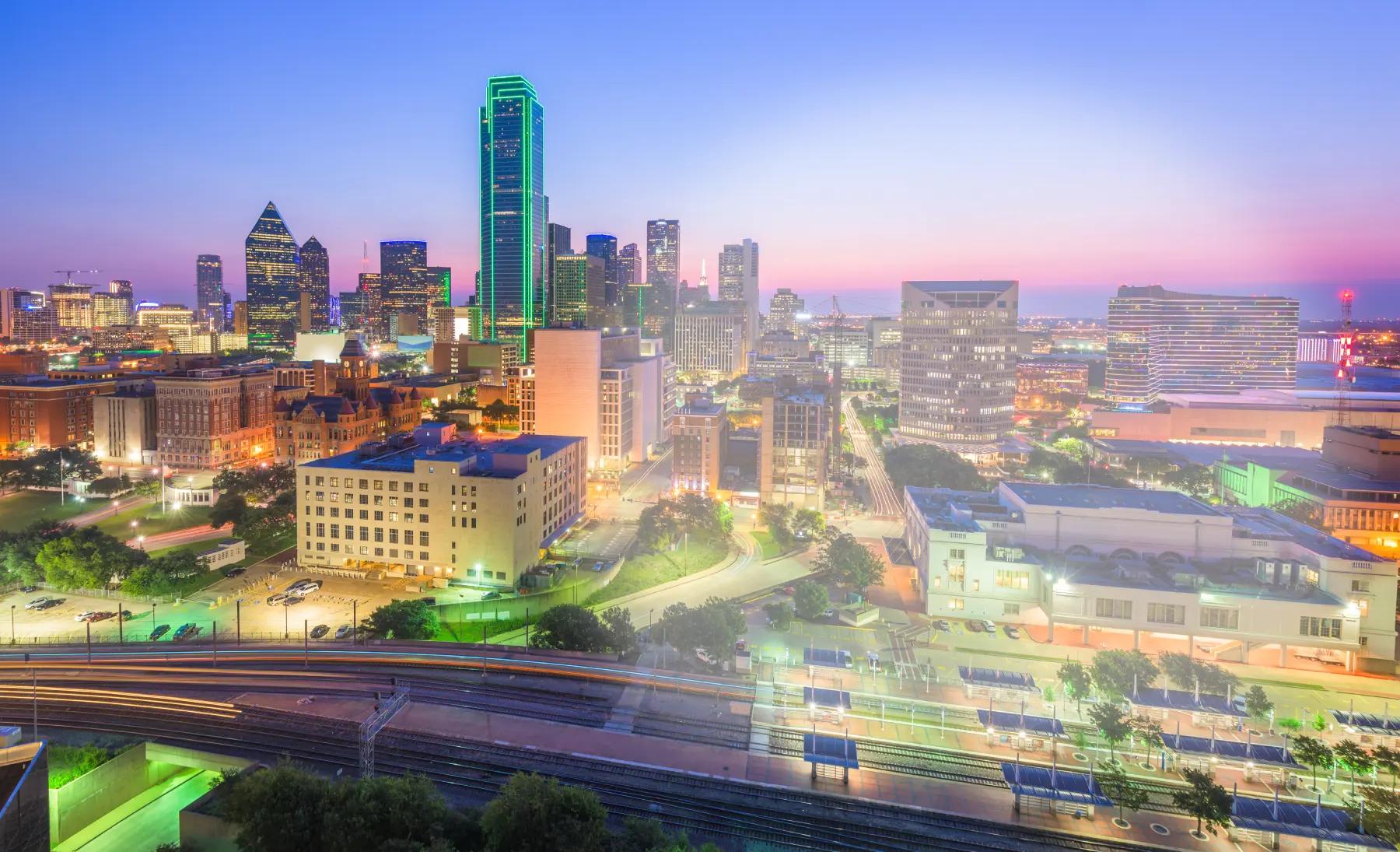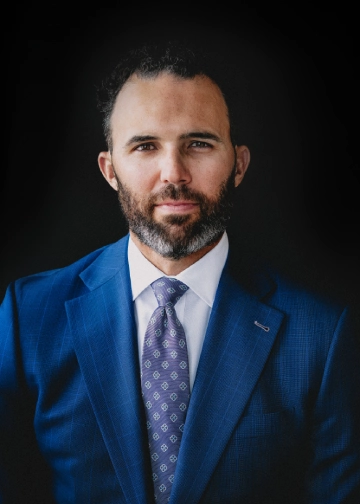
Drone Lawyer
PROTECTING YOUR FREEDOM & YOUR BUSINESS
Under federal law, a drone—officially known as an Unmanned Aircraft System (UAS)—is any aircraft operated without direct human control from inside or on the aircraft itself (49 USC § 44801). Sounds simple, but flying one legally is anything but. The FAA has strict rules about airspace, licensing, and registration. At Gallian Firm, our drone lawyer helps clients stay compliant and defends those facing violations. Whether you fly for work or recreation, we’re here to help you stay in the clear.
What Is Required to Lawfully Fly a Drone?
First, ask what class airspace am I flying in? This is one of many critical questions you must ask yourself before operating a drone. Depending on the purpose, flying a drone may require basic safety tests/courses that provide the operator with licensure afterward. If a person is flying for only recreational purposes, they still must comply with all licensing, registration, remote ID, and FAA safety requirements. However, if the drone use is commercial, further requirements apply, including obtaining a remote pilot certificate (Part 107 license) and seeking prior FAA or ATC approval before operation.
Why Is Airspace Important?
Recently, the Federal Government has been cracking down on drone operations within the United States. The fast paced advancement in aerial technology has given citizens unprecedented access to airspace and opened serious national security concerns for the US. This focus on strict enforcement of airspace regulations means a zero-tolerance policy for citizens who knowingly (or unknowingly) violate the law.
The FAA categorizes airspace into different classes which each have different rules and regulations that must be strictly adhered to. For example, Class A airspaces are generally reserved for Instrument Flight Rules operations, meaning only aircraft flying under instrument flight plans with specific Air Traffic Control (ATC) clearance can operate within it; while Class B airspace is designated around the nation’s busiest airports and requires specific ATC clearance for all aircraft to enter. Airspace is classified from the strictest regulations for Class A to the less stringent or uncontrolled airspace, Class G, each designation with different rules and restrictions for drone operators.
Other Airspace Regulations: Temporary Flight Restrictions or TFRs are temporary, localized restrictions on aircraft operations. These restrictions may be ordered for safety reasons, large events, natural disasters, or when VIPs are in the area. It is the pilot’s responsibility to be aware of any TFRs in place prior to flying a drone.
Potential Consequences of Flying A Drone
Today, flying a drone may come with serious consequences dependent on various factors including:
- Purpose for Use (Commercial or Recreational)
- Airspace Designation (Class A, B, C, D, E, G)
- Proper Licensing for Operator
- Drone Registration
- Drone Weight and Size
- Knowing and Willful Operation of Drone
What are the potential criminal charges associated with improper drone use?
Registration Violations
Felony – up to 3 years in prison plus fines
Statute: 49 USC § 4306
Violation of National Defense Airspace
Misdemeanor – up to 1 year in prison plus fines
Statute: 49 USC § 46307
Interference with Air Navigation
Felony – up to 5 years in prison plus fines
Statute: 49 USC § 46308
Operating in Air Transportation Without an Airman’s Certificate
Felony – up to 3 years in prison plus fines
Statute: 49 USC § 46317
Unsafe Operation of Unmanned Aircraft
Misdemeanor – up to 1 year in prison plus fines
Statute: 18 USC § 39B
FAA Drone Regulations
Under federal law, the Federal Aviation Administration (FAA) regulates drone operations. Key requirements include:
- Altitude and Speed Limits: Drones must not exceed an altitude of 400 feet above ground level unless within a 400-foot radius of a structure and must not exceed a ground speed of 87 knots (100 mph) § 107.51 Operating limitations for small unmanned aircraft..
- Visibility and Distance from Clouds: Operators must maintain a minimum flight visibility of 3 statute miles and keep the drone at least 500 feet below and 2,000 feet horizontally from clouds § 107.51 Operating limitations for small unmanned aircraft..
- Airspace Restrictions: Drones must comply with airspace restrictions, including avoiding operations in controlled airspace (e.g., Class B, C, or D) without proper authorization 49 USCS § 44809.
- Pilot Certification: Operators must hold a remote pilot certificate with a small UAS rating and carry it during operations. They must also present it upon request by authorized personnel § 107.7 Inspection, testing, and demonstration of compliance..
- Registration and Marking: Drones must be registered and marked in accordance with FAA regulations, and proof of registration must be available upon request 49 USCS § 44809.
- Prohibited Operations: It is unlawful to operate drones recklessly or in a manner that endangers the safety of the national airspace system. Violations, especially those causing serious bodily injury or death, carry severe penalties, including imprisonment 18 USCS Appx § 815, 18 USCS § 39B.
Get Legal Help Today
If you’re dealing with a drone-related charge or just unsure about the rules, don’t wait. The laws around drones can be confusing, and one mistake could lead to serious consequences. Our federal defense lawyer at Gallian Firm can guide you through your options, protect your rights, and help you move forward. Call us today to schedule a consultation and get the answers you need.
Practice Areas
Other
Practice Areas
Meet The Team

Gregg Gallian
PARTNER

Jaclyn Gallian
PARTNER

Jay Hickey
CRIMINAL DEFENSE ATTORNEY
What Our Clients Say


“Gallian Firm helped me win my case against all odds.”
Jen B.